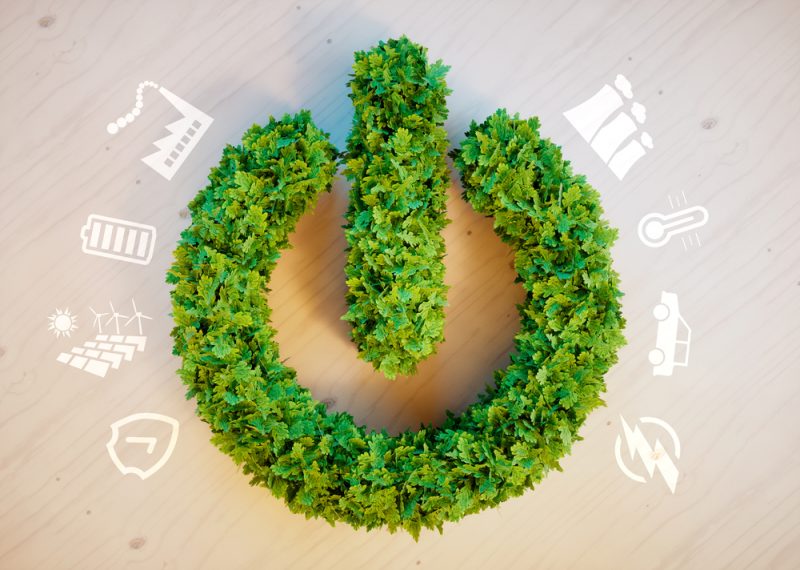Senate subcommittee hears testimony on technology’s role in clean energy

The Senate Subcommittee on Clean Air and Nuclear Safety held a hearing this week on clean energy technologies in which witnesses provided the Senators with updates on projects that utilize technology to monitor, limit and use carbon emissions.
The panelists testified on projects in various sectors of the energy industry including natural gas, nuclear, carbon capture, grid security, energy efficiency and renewables.
In her opening statement, Sen. Shelley Moore Capito (R-WV) focused on advanced coal and nuclear technologies.
“If the federal government is funding advanced fossil and nuclear technologies with an eye to getting these designs into the marketplace, but is simultaneously creating regulatory structures that are not flexible or expeditious enough, we may actually smother those taxpayer investments in the crib,” Capito said.
Brian Anderson, director of the West Virginia University Energy Institute, testified about several projects in the state, including the Marcellus Shale Energy and Environment Laboratory. This project, he said, tracks all emissions from its natural gas well and makes the data available to the public.
Steve Bohlen, who oversees the advanced energy technologies and energy security portfolio at Lawrence Livermore National Laboratory (LLNL), updated the subcommittee on the status of carbon capture, use, and storage (CCUS).
“Improving the quality of the environment and generating revenues is not a dream, it is a reality today,” Bohlen said in his written testimony. “Innovation lies at the heart of this new carbon economy, and both basic and applied R&D are needed to make best advantage of the opportunities in this competitive and dynamic landscape.”
